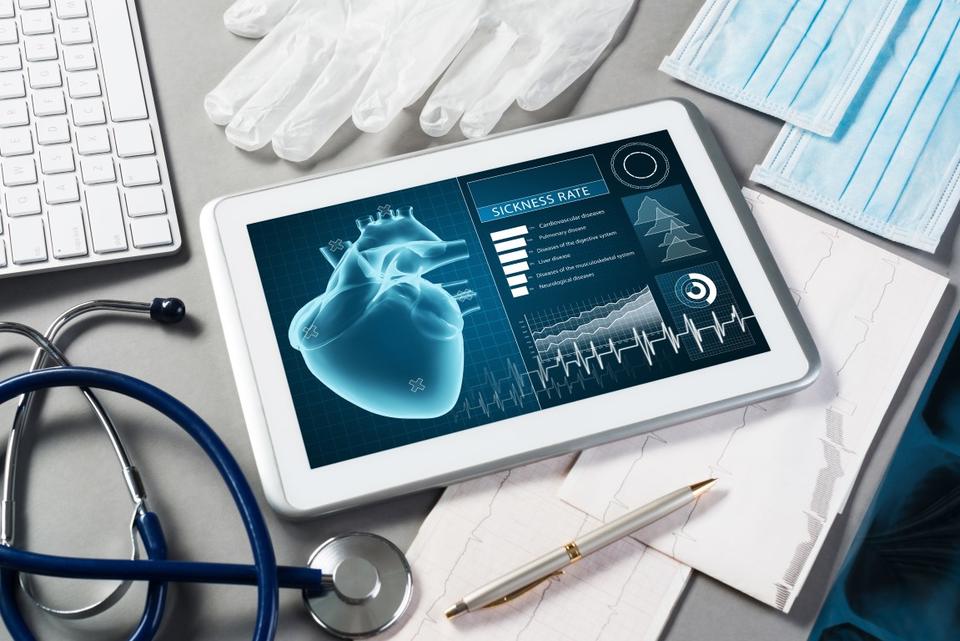
Dave O’Shaughnessy, healthcare leader for EMEA and APAC at Avaya, says communications technology has stepped in to plug the gaps caused by the pandemic.
For obvious reasons, coronavirus has brought a great number of new challenges to healthcare systems. And as has been the case across so many other sectors, communications technology has stepped in to plug the gaps caused by the pandemic.
The good news is that not only have commnications solutions successfully filled a void, but they’ve also provided a blueprint for the future of healthcare. As we’ve found in other industries, we’ve seen the intelligent adoption of this technology lead to better experiences for patients, and better outcomes for providers, than were present before.
The most important (and immediate) area where this is most obvious is in contact tracing – tracking the physical, interpersonal interactions of those who have tested positive for Covid-19. This helps identify people who may need to be quarantined more quickly, therefore reducing the spread of the virus.
It’s no secret that the countries considered to have responded best to the pandemic are the ones that have implemented stellar contact tracing systems.
Helping government and healthcare organisations across the world with their contact tracing efforts, what we’ve found is that the most effective contact tracing efforts make use of artificial intelligence and automation.
After all, the effort involves mountains of meticulous information gathering and analysis—all required to meet standards set by global health and government agencies. Acting upon that data manually just isn’t feasible, given the immediate needs at hand.
Therefore, the best systems employ AI virtual agents for initial patient contact, as well as for the simple data collection interactions – only falling back to live agents when the interaction becomes more complex.
AI is also employed to deliver cloud-based, proactive notifications to automatically reach out to individuals or groups with optional response tracking, text interaction, and auto-forms to capture critical information.
Patients benefit from a smoother experience while providing the tracing information required, while healthcare providers and governments are able to collect more information with the resources they have.
Even without these focused AI technologies, however, our customers are putting their advanced contact centers to good use in combating the pandemic.
In Saudi Arabia, for instance, one medical facility adopted a multiexperience approach, making it easy for patients to get the Covid-19-related information they need through a wide range of communications channels. This provided demonstrated results for improved knowledge on coronavirus safety measures in the community.
Going forward, we see tremendous use cases for extending this technology to make it easier for patients to directly engage with their doctors through asynchronous messaging.
Such capabilities are of particular interest to mental health providers, who have found themselves unable to conduct in-person therapy sessions in the face of increased demand.
All of these solutions were implemented because of specific, pandemic-related challenges. But once the pandemic subsides, they’ll continue providing value, making it easier for patients to consume healthcare services, while delivering increased efficiency for providers.
Across industries, we see working patterns being transformed to create the ‘new normal’. The healthcare sector has been no different.
